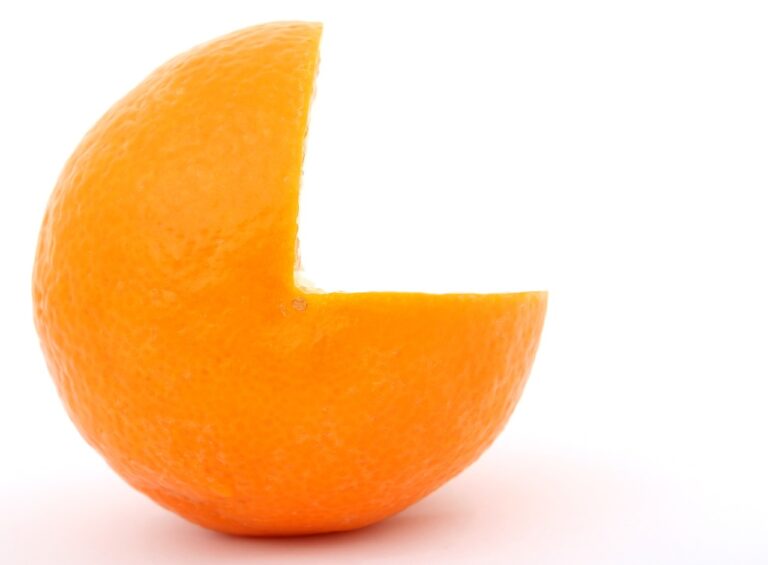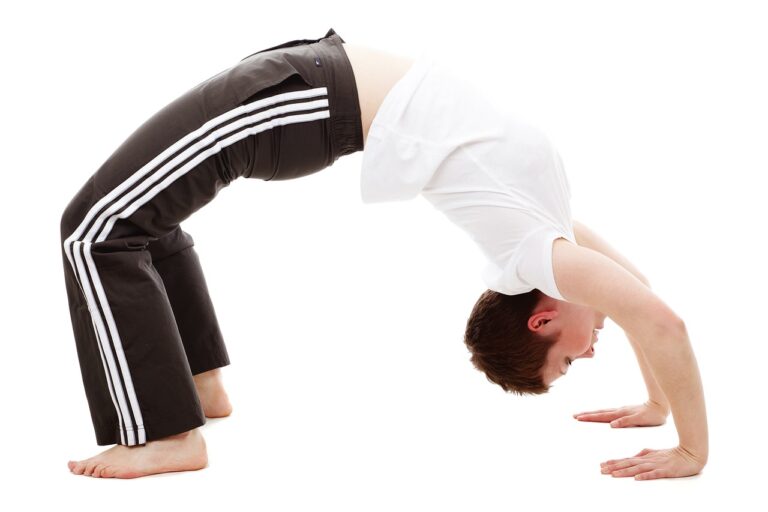Updates in laparoscopic Heller myotomy for achalasia: 11xplay reddy login registration, Reddy anna whatsapp number, Golden7777
11xplay reddy login registration, reddy anna whatsapp number, golden7777: Laparoscopic Heller myotomy is a surgical procedure performed to treat achalasia, a condition that affects the esophagus and makes swallowing difficult. Over the years, there have been several updates and advancements in the technique of performing this surgery to enhance patient outcomes and minimize complications.
Improvements in Surgical Technique:
Advancements in laparoscopic instruments and technology have allowed surgeons to perform Heller myotomy with greater precision and efficiency. The use of robotic-assisted surgery has also gained popularity in recent years, offering enhanced dexterity and visual clarity for the surgeon.
Minimally Invasive Approach:
One of the key benefits of laparoscopic Heller myotomy is that it is minimally invasive, resulting in shorter hospital stays, less post-operative pain, and quicker recovery times for patients. The smaller incisions used in this approach also lead to improved cosmetic outcomes compared to traditional open surgery.
Patient Selection:
With a better understanding of achalasia and improved diagnostic techniques, surgeons can now accurately identify the most suitable candidates for laparoscopic Heller myotomy. Patients with certain characteristics or underlying conditions may not be ideal candidates for this surgery, and alternative treatment options may be recommended.
Post-Operative Care:
Advances in post-operative care protocols have helped optimize patient recovery following laparoscopic Heller myotomy. Enhanced pain management strategies, early mobilization, and tailored dietary plans can all contribute to a faster and smoother recovery process for patients.
Long-Term Outcomes:
Studies have shown that laparoscopic Heller myotomy can provide long-lasting relief of symptoms in the majority of patients with achalasia. However, ongoing research is focused on further improving outcomes and exploring potential predictors of treatment success to optimize patient care.
Frequently Asked Questions:
Q: How long does it take to recover from laparoscopic Heller myotomy?
A: Most patients can return to normal activities within a few weeks after surgery, although individual recovery times may vary.
Q: Are there any potential risks or complications associated with laparoscopic Heller myotomy?
A: Like any surgical procedure, laparoscopic Heller myotomy carries some risks, including infection, bleeding, or injury to surrounding structures. However, these risks are generally low, and your surgeon will discuss them with you before the procedure.
Q: Will I still need to follow a special diet after surgery?
A: While dietary restrictions may be necessary in the immediate post-operative period, most patients can gradually resume a normal diet without experiencing significant symptoms.
In conclusion, the updates in laparoscopic Heller myotomy for achalasia have significantly improved patient outcomes and surgical techniques. With ongoing research and advancements in technology, this minimally invasive procedure continues to offer effective and long-lasting relief for patients suffering from achalasia.







